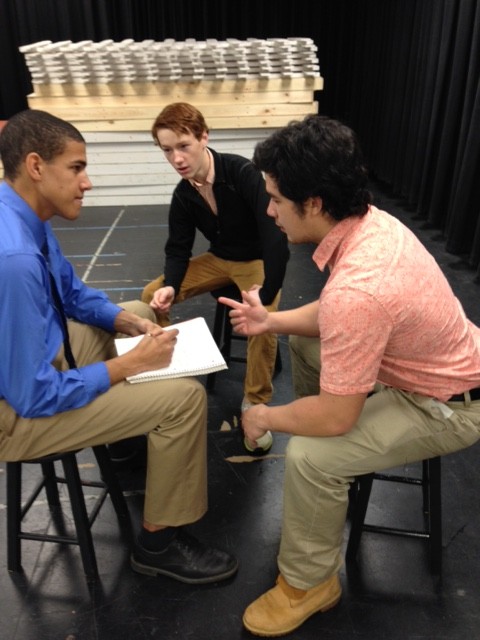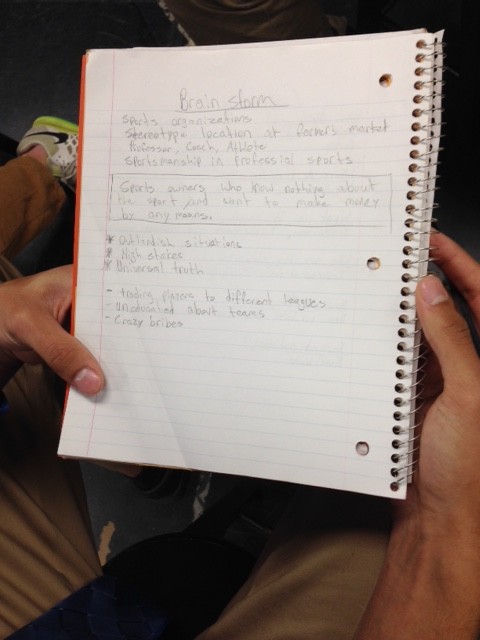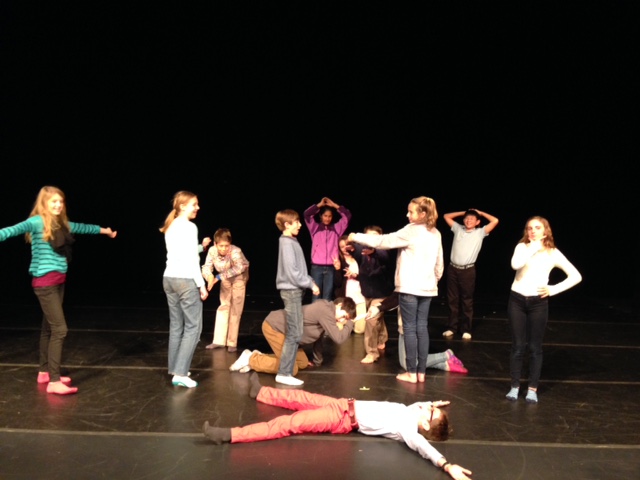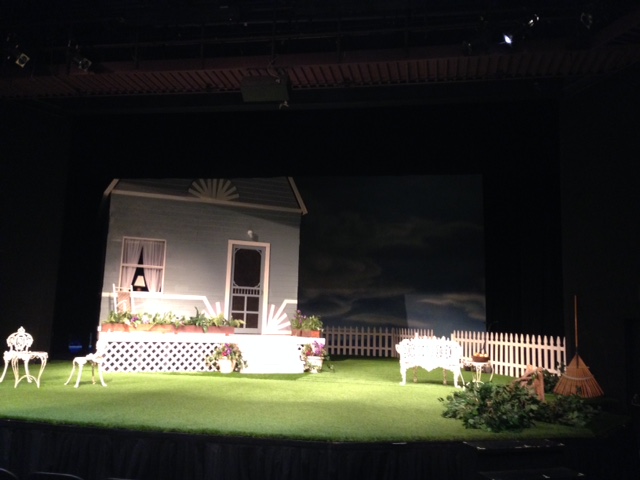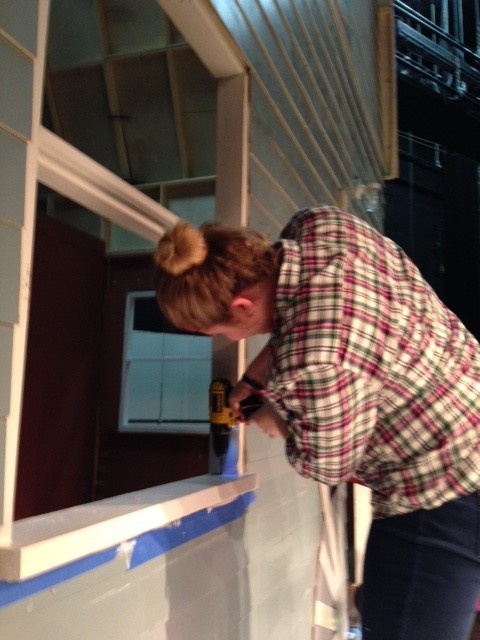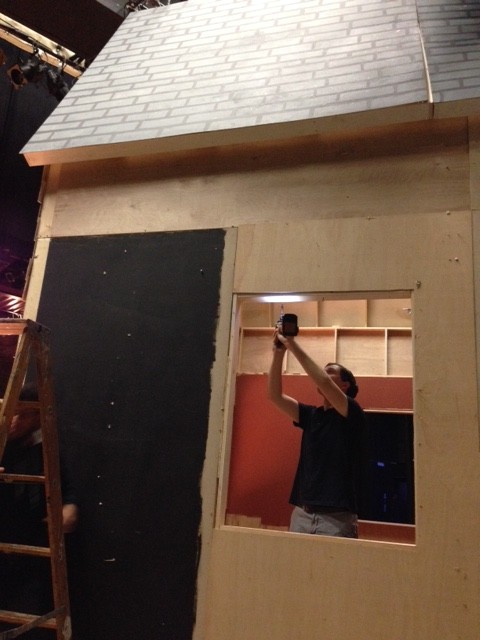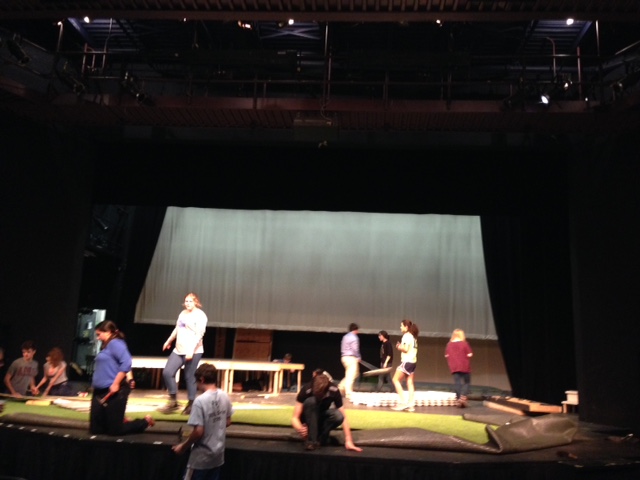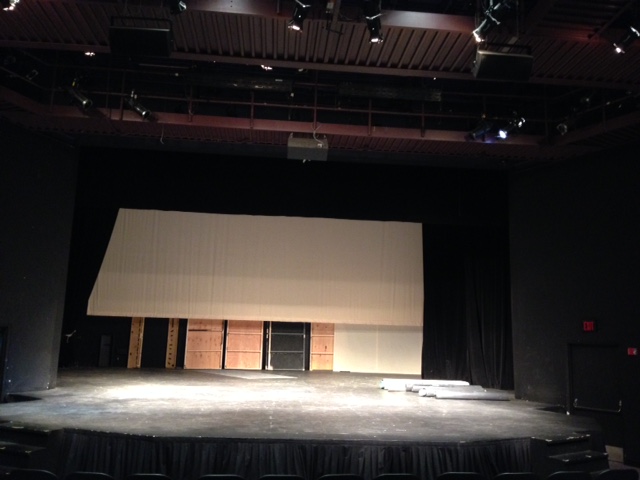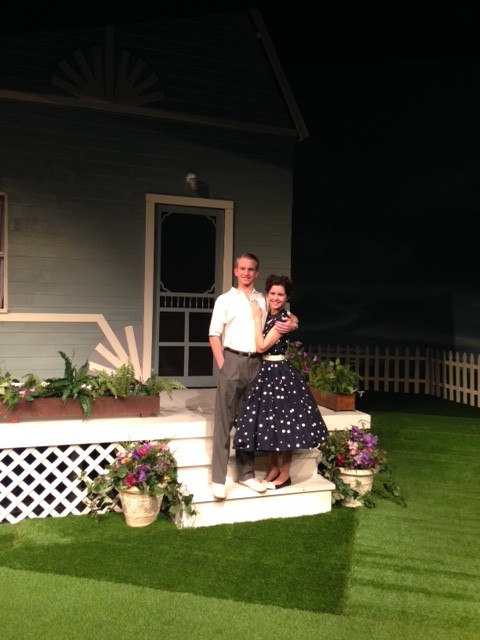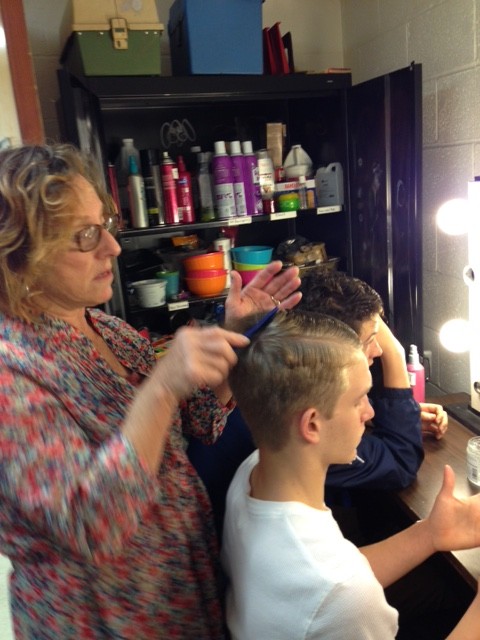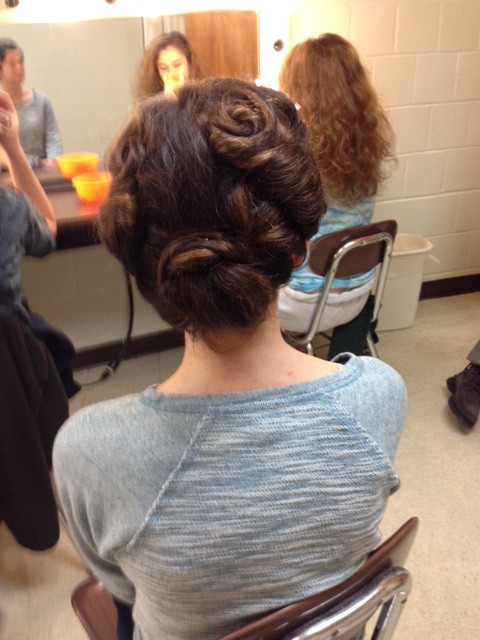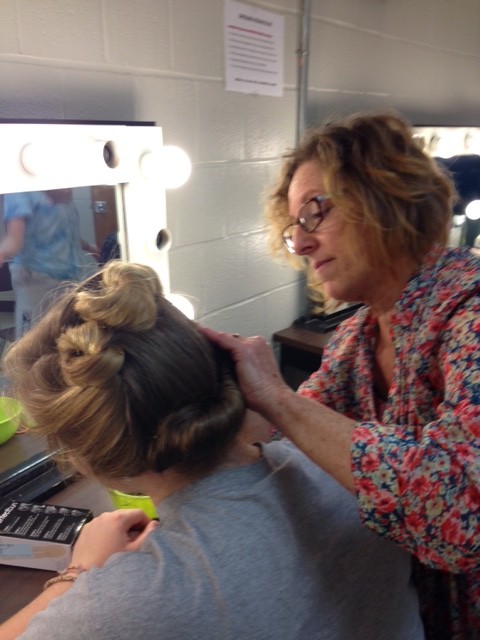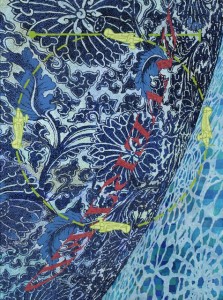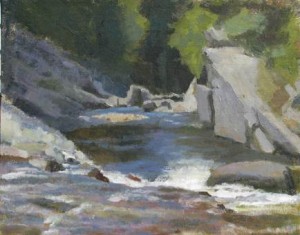 On Display: November 1 – December 18
On Display: November 1 – December 18
Reception: Saturday, November 15, 1:30-3:30 p.m.
The work of David Marshall will be on display in the Grubbs Gallery from November 1 until December 18, when Williston Northampton School closes for winter break.
Mr. Marshall, a Northampton-based artist, describes the act of painting as “rewarding because of its moments of heightened awareness and its quiet contemplation of nature’s beauty.” His paintings—of landscapes, figures, and still lifes—aim to capture fleeting light in the moment, how objects melt into each other, and how they separate from their surroundings.
“If one paints the parts, they rarely add up to produce a unified whole,” he wrote in a statement about his work. “Subtle changes in light—even in a studio with natural light—dramatically affect the overall tonality of a subject. “
For the Grubbs Gallery show, Mr. Marshall collected some of his most recent and favorite work with paintings that explore two themes: nude figures in landscapes, including smaller studies, and the ever-changing nature of water.
“Painting moving water is something I’ve tried on and off over the years but never with much dedication,” Mr. Marshall noted. “I decided to work on my ability to paint water (specifically some of the smaller rivers in Chesterfield) as the snow began to melt last spring…I did have a few paintings in the area of the Chesterfield Gorge where I might have captured an effect.”
Mr. Marshall has studied panting at the Massachusetts College of Art, Art Students League, and Brooklyn College, where he earned an M.F.A. under the tutelage of Lennart Anderson. He’s had both solo and group shows in galleries in New York City, Philadelphia, and throughout New England. Mr. Marshall also helped create The Oxbow Gallery in Northampton, a venue for both local and nationally renowned painters.
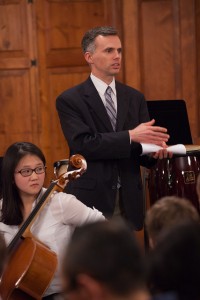 A critically acclaimed violist, composer, and director of the Williston Northampton String Ensemble will give a recital in the Reed Campus Center tonight, December 10, at 7:00 p.m.
A critically acclaimed violist, composer, and director of the Williston Northampton String Ensemble will give a recital in the Reed Campus Center tonight, December 10, at 7:00 p.m.

